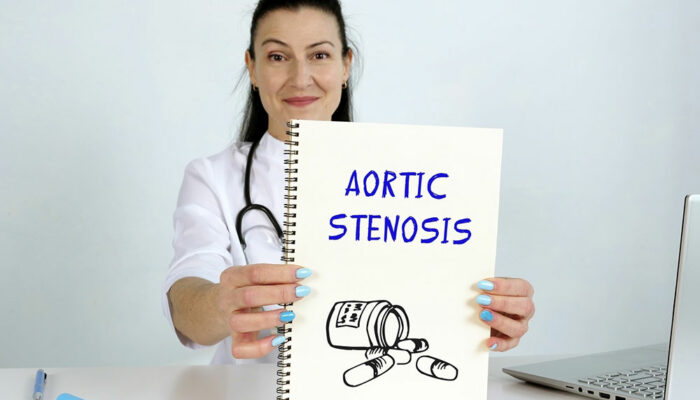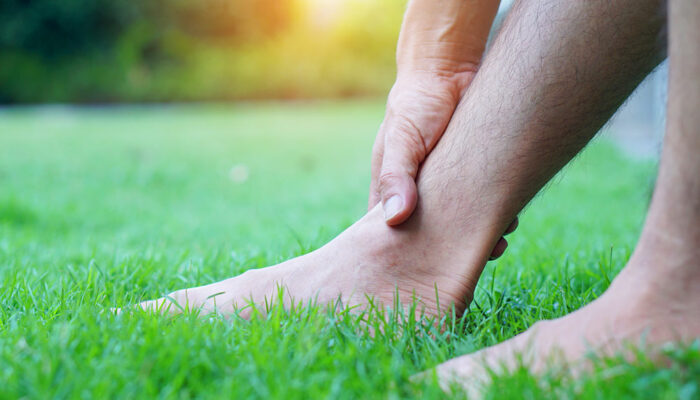
health
7 unusual signs of blood clots one should not ignore
Unusual signs of blood clots can vary depending on their location and severity. It’s important to note that not all blood clots are present with symptoms, and some signs may be subtle or barely cause discomfort. However, it’s important to remember that these signs and symptoms can vary in intensity and may indicate other medical conditions. Identifying the early signs helps with timely diagnosis and treatment to prevent complications associated with blood clots. Unexplained pain or swelling in limbs Unexplained pain, tenderness, or swelling that develops in one arm or leg could be a sign of a deep vein thrombosis (DVT). People also complain about a feeling of warmth or redness noticeable with this pain. Also, swelling that doesn’t resolve with rest and elevation might be due to a clot or impaired blood flow in the veins. Skin discoloration One of the more evident signs of a blood clot is skin discoloration with shades of pale blue or reddish tingle, particularly around the area where the clot is located. Further, if a blood clot develops in the small blood vessels of the fingers or toes, it can cause pain, numbness, and skin discoloration (cyanosis), often referred to as “white, blue, or purple fingers.” Coughing or shortness of breath Pulmonary embolism is a major risk factor that can occur if a blood clot in the legs or pelvis breaks free and travels to the lungs.
Read More 








